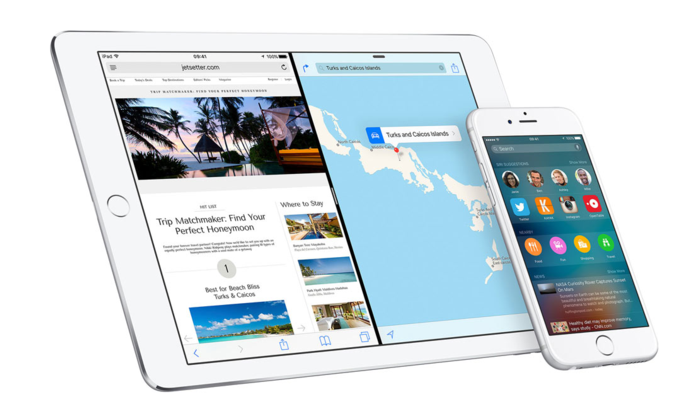



More and more people not only can afford smartphones but also have access to data services such as GPRS, 3G and very soon 4G or LTE.
By Robert Ndlovu
THE world has changed and today more and more people now own a smartphone. This was not the case a few years ago.
More and more people not only can afford smartphones but also have access to data services such as GPRS, 3G and very soon 4G or LTE.
In simple terms the increased penetration and adoption of mobile phones especially smart phones is mainly due to the falling prices of the devices, the increased network coverage and availability of internet access and the shifting power from supplier to end user.
Today more and more mobile phone users are able to pull what they want from whom they want and when they want. In the past service providers, retailers, wholesalers, manufacturers and the like have always had the monopoly of pushing down the consumer’s throat what they wished. Those days are numbered.
According to WikiPedia “Mobile marketing is marketing on or with a mobile device, such as a smart phone. Mobile marketing can provide customers with time and location sensitive, personalized information that promotes goods, services and ideas.” Very compact precise and to the point.”
This is pretty brief and to the point.
You offer services or you want to disseminate information about your latest product prices, availability and promotions and what to reach as many numbers but of course targeted users.
SMS — A very simple and effective way to achieve this has been through the use of Bulk SMS.
You compose your message which must be less than 160 characters and you send it to unlimited potential clients.
This mobile engagement method assumes that you already have a database of mobile numbers to send to.
This is one of the simplest and most straight forward way of reaching out to any mobile client — provided you know their number.
You can use a regular pre-paid SIM card in your device (any) to send thousands of text messages.
Alternatively use internet based SMS service that pretty cheap and easy to use.
The later is what most corporations use to send their SMS alerts, reminders and product promotions.
You can use your product or service name as the sender ID.
SMS is very cheap.
SMS can be very annoying.
This means that you need to make an SMS marketing plan for your business and realise maximum returns from its use.
The entrance of Whatsapp and other instant messaging tools have brought interesting threats and opportunities to both businesses and customers alike.
Use of Whatsapp or Facebook groups has proved to be very effective in terms of mobile reach and cost.
Smartphone penetration stats should give you an idea.
The adoption of smartphones over the last five years has been very steep.
By the end of 2015 South Korea had the highest penetration rate of 88 percent with the USA at 72 percent Brazil at 41 percent and Kenya at 26 percent.
Developing and under-developed countries lag behind and always play the catch up game.
What you should be more worried about is your business’s readiness when the numbers in Zimbabwe reach critical mass.
Do not be caught flat footed with no mobile business strategy.
If you are a farmer it goes without saying you must adopt means to follow your clients who I am sure have a mobile phone.
It really does not matter what business you are in.
Mobile technology is an enabler.
Are you a clearing agency, hair salon, pharmacist, solar technician, flea market owner or commute omnibus owner it matters not.
The technology is a means to an end and not and end itself.
Mobile applications — With more and more people using smartphones it means that a new market by default has been created.
Mobile apps are applications that make end users interact with back end services with much ease.
You know the most favorite app — Whatsapp.
But you have thousands more apps out there that do different things with very rewarding results.
There are church applications for religious set ups to engage their congregations via text, chat, verse of the day etc.
You have educational apps that help educators interact with students to solve math problems.
There are apps that provide translation service.
Apps that link to location in realtime.
It matters not how you follow your clients be it Twitter, Facebook, Whatsapp, Viber, Instagram, Skype or g-mail just remember that they are mobile.
Mobile applications are increasingly viewed as a business-differentiation tool to increase customer engagement, reinforce brand value and provide better customer service.
A mobile phone is not only affordable and easy to use but is measurable quickly and collects impactful data in real time.
The data you collect is the basis of the business decisions you make.
In a country with more than 60 percent of the population under the age of 35 it needs no rocket science as to the caliber and type your consumers now and in future.
It is always best to stick to what you know best if you are not yet comfortable with deploying your own mobile marketing business strategy and rather engage companies that special in just that like “We Simplify Internet “ based in Zimbabwe — www.wsi.co.zw as an example.
With around 1,5 million Android devices being activated every day and with more iPhones sold per day (402k) than people born in the World per day (300k/day) — the writing is on the wall.
While receiving visitors at your ZITF stand or touring stands at the ZITF make sure you use the power of a mobile phone to capture and or disseminate as much data as you can.
You are mobile and so is your customer — literally.
Today’s customer is very mobile and powerful. Customize, contextualise her experience and above all leverage on social media platforms which have driven the mobile usage.
Robert Ndlovu can be contacted on: wozatel@gmail.com or app 077600 2605